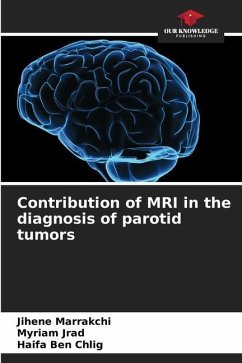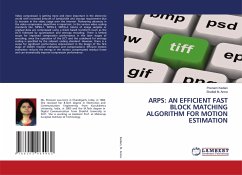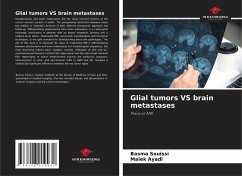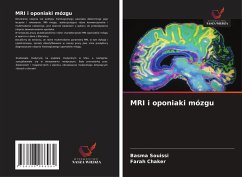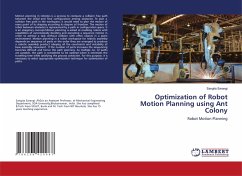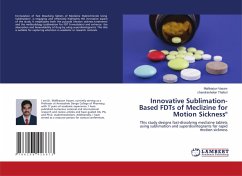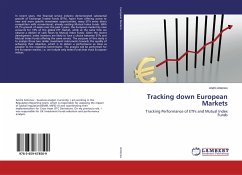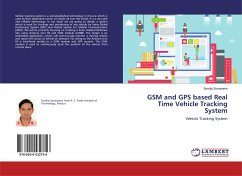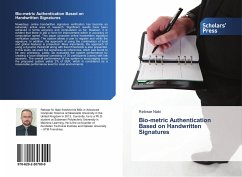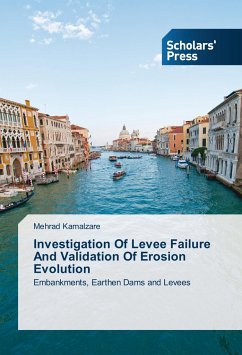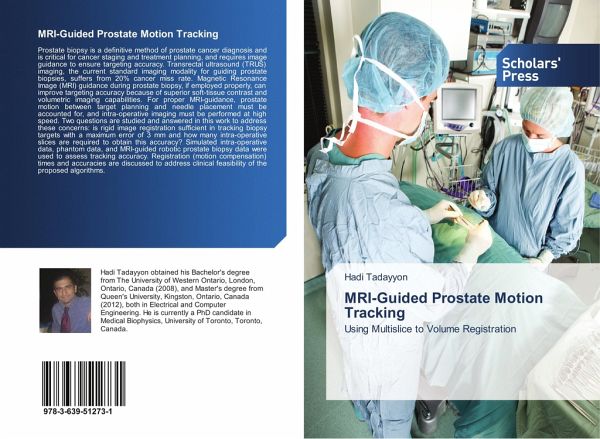
MRI-Guided Prostate Motion Tracking
Using Multislice to Volume Registration
Versandkostenfrei!
Versandfertig in 6-10 Tagen
30,99 €
inkl. MwSt.

PAYBACK Punkte
15 °P sammeln!
Prostate biopsy is a definitive method of prostate cancer diagnosis and is critical for cancer staging and treatment planning, and requires image guidance to ensure targeting accuracy. Transrectal ultrasound (TRUS) imaging, the current standard imaging modality for guiding prostate biopsies, suffers from 20% cancer miss rate. Magnetic Resonance Image (MRI) guidance during prostate biopsy, if employed properly, can improve targeting accuracy because of superior soft-tissue contrast and volumetric imaging capabilities. For proper MRI-guidance, prostate motion between target planning and needle p...
Prostate biopsy is a definitive method of prostate cancer diagnosis and is critical for cancer staging and treatment planning, and requires image guidance to ensure targeting accuracy. Transrectal ultrasound (TRUS) imaging, the current standard imaging modality for guiding prostate biopsies, suffers from 20% cancer miss rate. Magnetic Resonance Image (MRI) guidance during prostate biopsy, if employed properly, can improve targeting accuracy because of superior soft-tissue contrast and volumetric imaging capabilities. For proper MRI-guidance, prostate motion between target planning and needle placement must be accounted for, and intra-operative imaging must be performed at high speed. Two questions are studied and answered in this work to address these concerns: is rigid image registration sufficient in tracking biopsy targets with a maximum error of 3 mm and how many intra-operative slices are required to obtain this accuracy? Simulated intra-operative data, phantom data, and MRI-guided robotic prostate biopsy data were used to assess tracking accuracy. Registration (motion compensation) times and accuracies are discussed to address clinical feasibility of the proposed algorithms.



